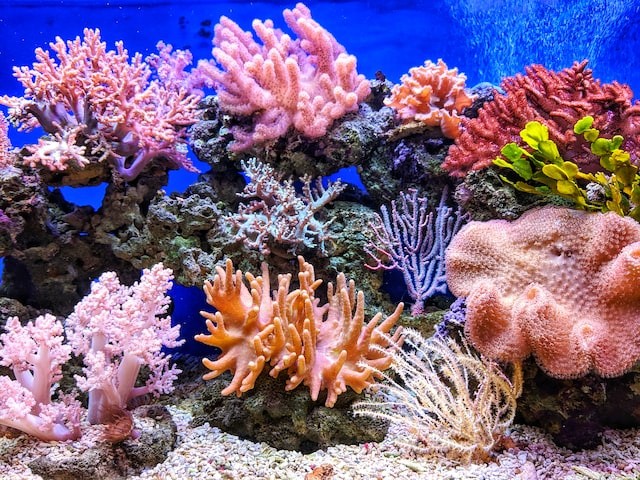According to a recent study, ships could be bringing a deadly coral disease to the Caribbean and Florida.
The discoveries made by researchers at the Rosenstiel School of Marine, Atmospheric, and Earth Science at the University of Miami (UM) may help develop diagnostic and therapeutic approaches to lessen the risk of disease spread.

The stony coral tissue loss disease, or SCTLD, was first noticed in the waters of Jamaica, St. Maarten, the U.S. Virgin Islands, and Belize in 2014. Since then, it has spread throughout the entire Florida Coral Reef and into the Caribbean, as per ScienceDaily.
Researchers contend that the spread of disease may have been aided by transport through ship hulls, in which the vessel takes on ballast water in one area to maintain stability and releases it in another port.
An assistant scientist at the UM Cooperative Institute for Marine and Atmospheric Studies (CIMAS) and NOAA's Atlantic Oceanographic and Meteorological Laboratory named Michael Studivan is the study's lead author.
"Outbreaks in very distant locations suggest that disease transport was aided by means other than just ocean currents, such as through ship ballast water," he said.
The first experiment used a flow-through tank system to expose healthy corals to three different water conditions: disease-exposed, disease-exposed and UV-treated, and non-disease-exposed.
They monitored the development of disease lesions and coral mortality over a six-week period to ascertain how many corals contracted the illness, how quickly, and whether UV treatment of water exposed to the illness reduced the number of infected corals.
In a subsequent experiment, the researchers held the same kinds of water in containers to replicate a ship's ballast tank for one and five days before exposing the water to healthy corals to see if the SCTLD pathogens could survive over time and if they changed in terms of how contagious they were.
In collaboration with the U.S., the researchers then put the ballast water produced for both experiments to the test.
Quantify the microbial communities and abundance in untreated and treated ballast water at the Naval Research Laboratory in Key West.
The findings imply that the ship's ballast water poses a threat to the persistence and spread of SCTLD throughout the Caribbean and possibly to reefs in the Pacific and that current standards for testing and treatment may not be sufficient to reduce the risk of disease spread, according to Studivan.
The Atlantic Oceanographic and Meteorological Laboratory (AOML) of NOAA and CIMAS at the Rosenstiel School created and constructed the Experimental Reef Lab to conduct research on coral response to changing environmental conditions.
Root cause of coral diseases
Coral diseases generally occur in response to biological stresses, such as bacteria, fungi, and viruses, and nonbiological stresses, such as increased sea surface temperatures, ultraviolet radiation, and pollutants. One type of stress may exacerbate the other, as per NOAA.
The frequency of coral diseases has increased significantly over the last 10 years, causing widespread mortality among reef-building corals.
Many scientists believe the increase is related to deteriorating water quality associated with human-made pollutants and increased sea surface temperatures.
These factors may allow for the proliferation and colonization of microbes. However, the exact causes of coral diseases remain elusive. The onset of most diseases likely is a response to multiple factors.
The effects that these diseases have on corals have been well documented, despite the fact that the pathologies or mechanisms by which many diseases act upon the coral polyp are not well understood.
On the coral's surface, discolored bands, spots, or lesions are indicative of the diseases black-band disease, discolored spots, red-band disease, and yellow-blotch/band disease.
As they move across or enlarge over the coral's surface over time, they consume the living tissue and leave behind the bare, white coral skeleton.
Large patches of living coral tissue frequently slough off, revealing the skeleton underneath, as a result of other diseases like rapid wasting, white band, white-plague, white pox, and stony coral tissue loss disease.
The coral's limestone skeleton, if it becomes exposed, can serve as a haven for encrusting invertebrates and algae.
© 2025 NatureWorldNews.com All rights reserved. Do not reproduce without permission.





